Classic Black House Cassock for Bishop Featuring Purple Trim
$ 189.99 – $ 249.99
- Made from superfine tropical fabric for durability and comfort.
- Features two combination pockets and side openings for convenience.
- Equipped with two inner breast pockets for added practicality.
- Contrast trim adds grace and elegance to the design.
- Soft shoulder pads and half lining up to the waist for a comfortable fit.
- 33 contrast fabric-covered buttons on the placket and cuffs for a refined look.
- Three back pleats ensure an impeccable fit and graceful silhouette.
- Impeccable quality and exquisite workmanship.
- Please check the size chart carefully before selecting your size.
Note: The band cincture may be added separately.
Traditional Black House Cassock for Bishop with Purple Trim Finish
Introduce our House Cassock for Bishop in Black with Purple Trim is a distinguished and refined garment designed specifically for bishops. It blends timeless tradition with regal elegance, making it the perfect choice for liturgical services, daily wear, or formal events.
The black cassock, accented with luxurious purple trim, exudes authority and grace, ensuring you make a powerful impression while maintaining the respect and reverence expected of clergy attire.
Key Features:
- High-Quality Fabric: Crafted from premium tropical fabric, this cassock offers durability, breathability, and comfort. Ideal for extended wear, it maintains its form and feel, allowing you to focus on your duties without distraction.
- Sophisticated Purple Trim: The elegant purple trim is a symbol of royalty and dignity, carefully added to the cassock to enhance its overall look. The trim runs along the edges, complementing the black fabric with a touch of regal flair. The 33 fabric-covered buttons on the front placket add a traditional element while enhancing the cassock’s overall sophisticated design.
- Comfortable and Practical Design: Designed with soft shoulder pads and half lining up to the waist, this cassock offers a comfortable fit for all-day wear. Two inner breast pockets and two side openings add practicality, allowing easy access to essentials.
- Graceful Back Design: The cassock is designed with three back pleats, contributing to a sleek, graceful silhouette. This design ensures ease of movement while maintaining a polished appearance.
- Cincture Belt (Sold Separately): To complete the look, this cassock can be paired with a cincture belt, which features knotted fringes in purple, complementing the overall design. The cincture belt is sold separately, allowing you to personalize your cassock further.
Care Instructions:
To ensure the cassock remains in excellent condition, we recommend dry cleaning only. This will preserve its quality, shape, and vibrant colors.
Why Choose the House Cassock for Bishop?
Whether you are wearing it for daily services or formal ceremonies, the Black House Cassock with Purple Trim provides a perfect balance of elegance and functionality. The luxurious purple accents enhance the cassock’s authoritative look while maintaining a connection to the traditional garments worn by clergy.
Order Now to elevate your ceremonial attire with a cassock that exemplifies grace, sophistication, and dignity.
Note: The cincture belt is sold separately.
| Weight | 1.5 kg |
|---|---|
| Select Your Size | 38 Short, 38 Regular, 38 Long, 40 Short, 40 Regular, 40 Long, 42 Short, 42 Regular, 42 Long, 44 Short, 44 Regular, 44 Long, 46 Short, 46 Regular, 46 Long, 48 Short, 48 Regular, 48 Long, 50 Short, 50 Regular, 50 Long, 52 Short, 52 Regular, 52 Long, 54 Short, 54 Regular, 54 Long, 56 Short, 56 Regular, 56 Long |
| Add Cincture Belt | No, Yes +59.99$ |
3 reviews for Classic Black House Cassock for Bishop Featuring Purple Trim
Add a review Cancel reply
You must be logged in to post a review.
Related products
Clergy Attire for Men
Refined Luxury Red Clergy Cassock for Men for Liturgical Celebrations
Clergy Attire for Men
Classic 33 Buttons Royal Blue Cassock for Men with White Trim
Clergy Attire for Men
Bishop Roman Cassock Tailored Fit for High Church Ceremonies
Clergy Attire for Men
Clergy Attire for Men
Clergy Attire for Men
Men’s Black Cassock with Shoulder Cape Elegant Priest Attire
Clergy Attire for Men
Clergy Attire for Men

 Clergy Cassocks for Men
Clergy Cassocks for Men Clergy Cassocks for Women
Clergy Cassocks for Women Clergy Robes for Women
Clergy Robes for Women Clergy Shirts for Men
Clergy Shirts for Men Clergy Shirts for Women
Clergy Shirts for Women
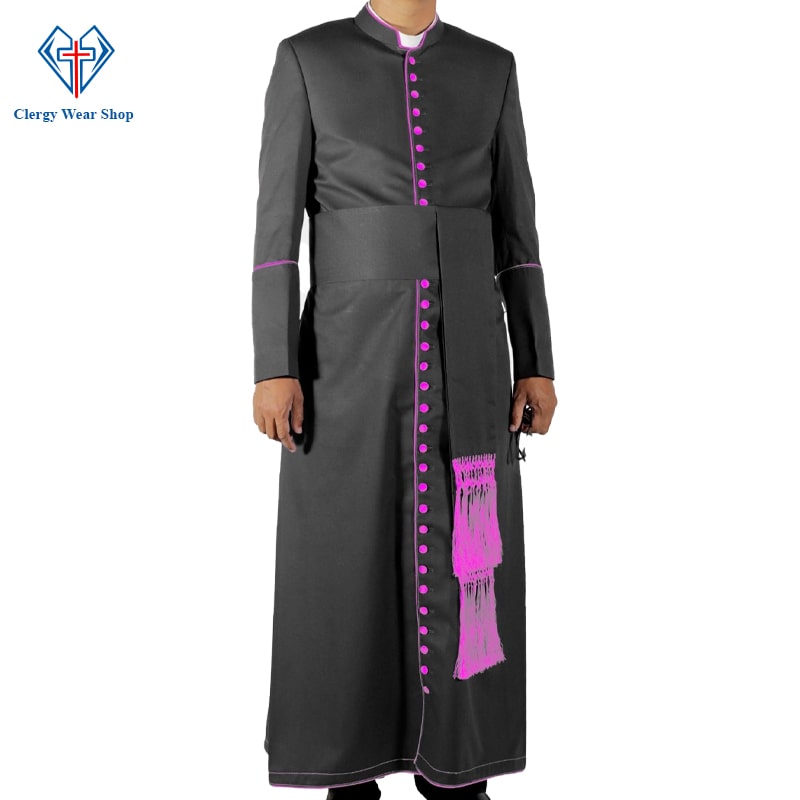
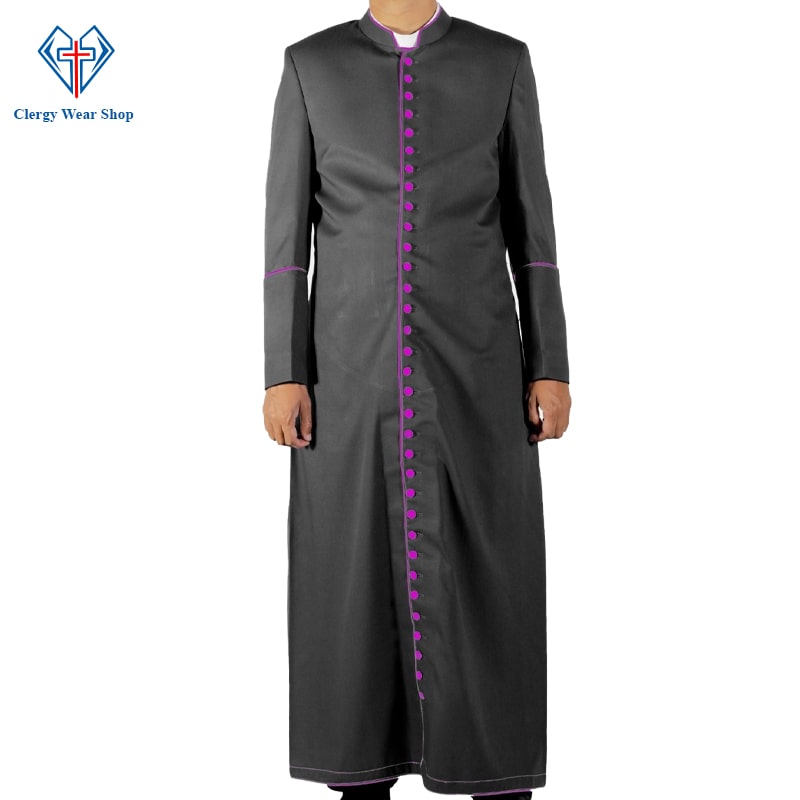

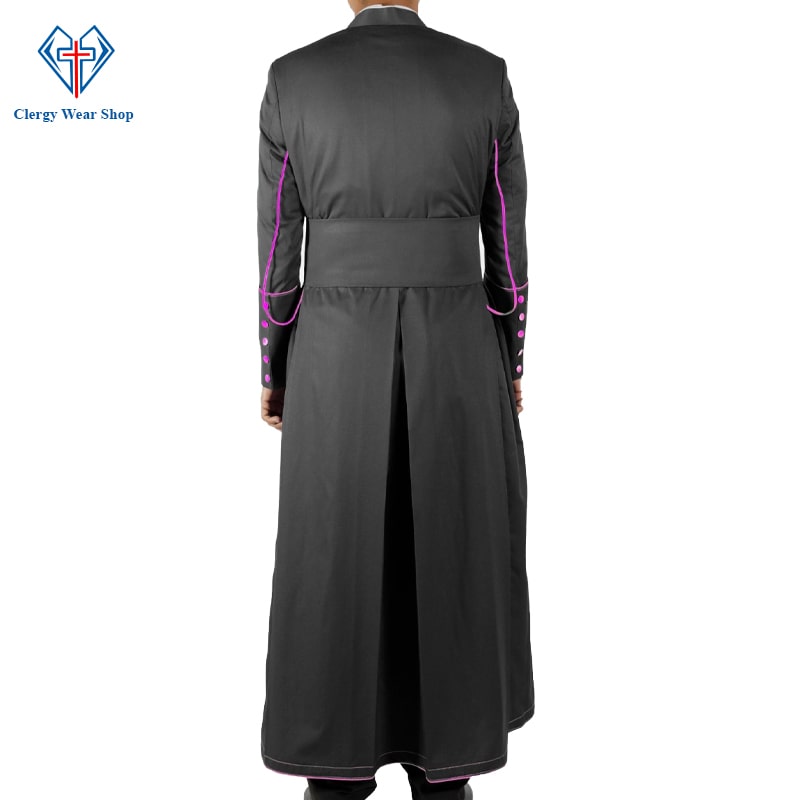
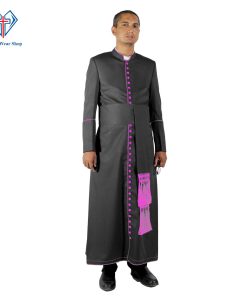
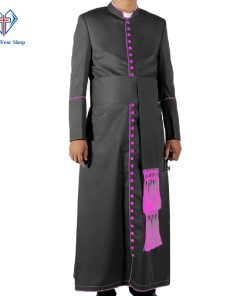
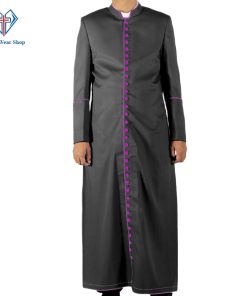

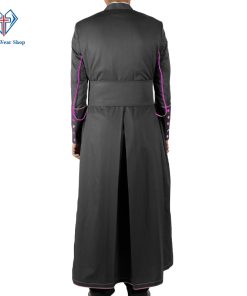
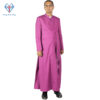
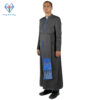
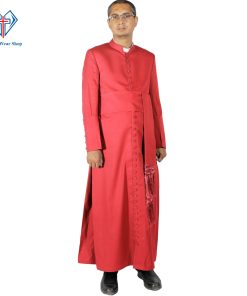
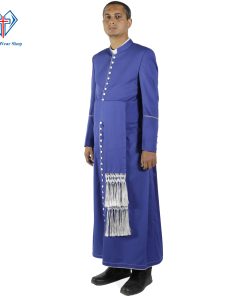
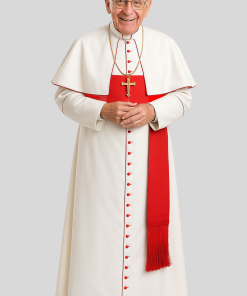
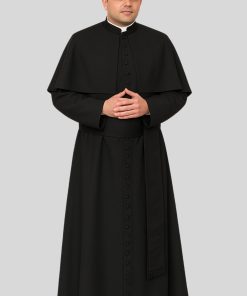
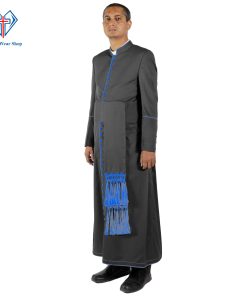
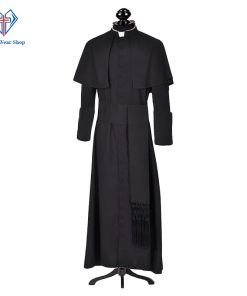
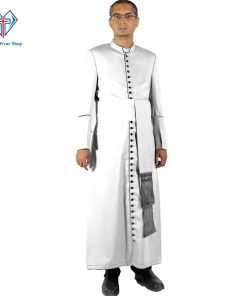
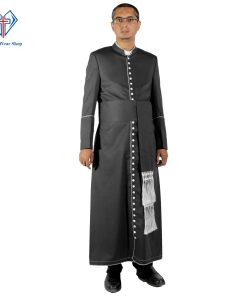

Jake McNair –
I would like to order another one, shipping take time, but product was classical. Blessings
Vgoyette –
This cassock fits true to size with room for movement. The fabric is breathable and soft, making it comfortable all day long.
Roy Stone –
The cassock’s fabric feels premium, and the stitching is very neat. It’s perfect for formal ceremonies and daily clergy duties.